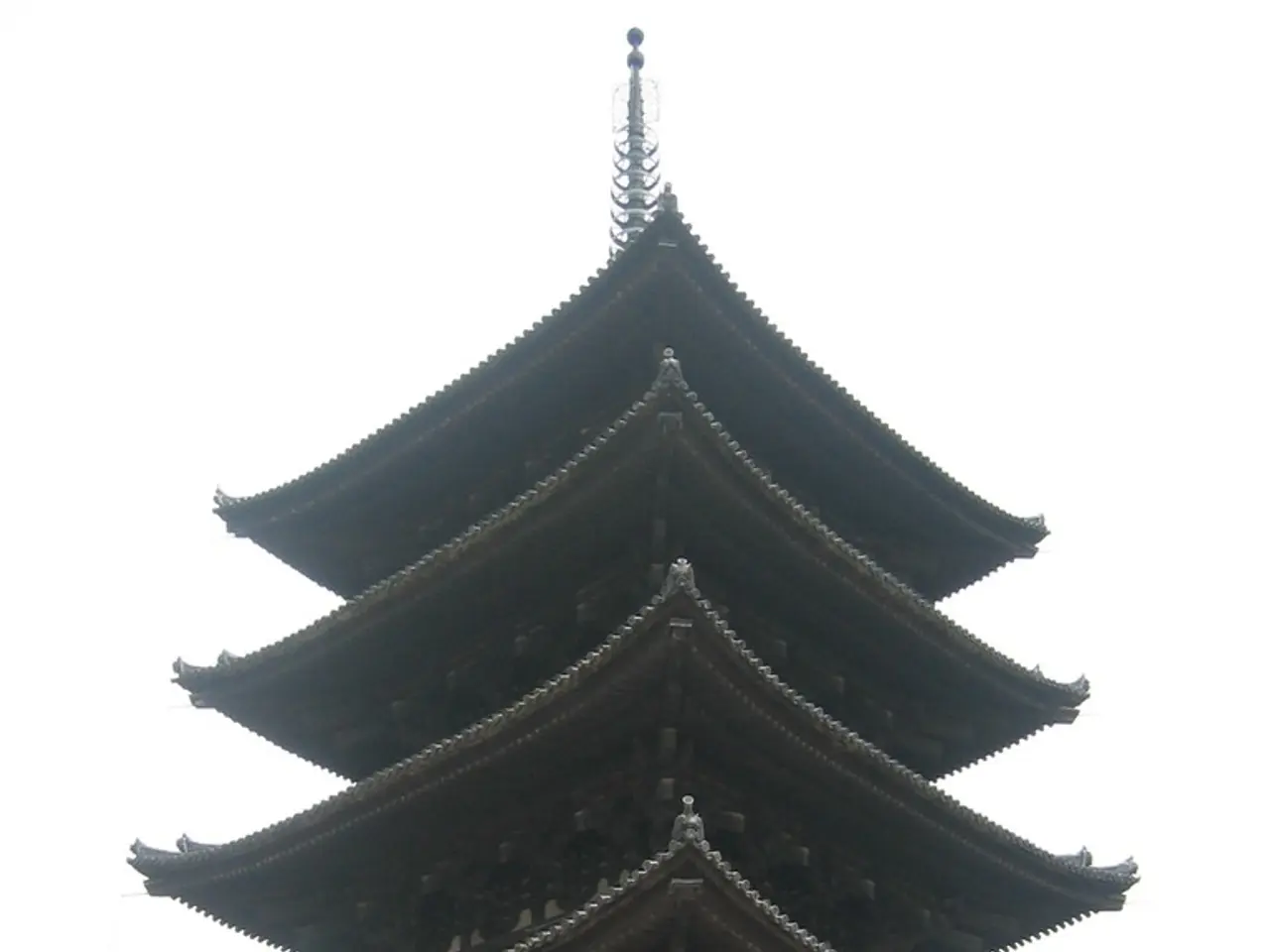Trump's Disruption of China's "Made in China 2025" Initiative
In 2015, the Chinese Communist Party (CCP) launched the ambitious 'Made in China 2025' initiative, aiming to transform China into a global leader in high-tech manufacturing by mid-century. However, recent developments suggest that the plan has fallen short of its goals.
The initiative, heavily reliant on central planning jargon and vague benchmarks, has failed to deliver on its promises of global technological supremacy. A study published in the peer-reviewed journal Research Policy found no clear evidence that the plan had improved innovation or modernized China's manufacturing capabilities.
The collapse of major property developers like Evergrande and the ensuing shatter of faith in the housing market, coupled with the shrinking profits of Chinese manufacturers, forced a strategic shift towards seeking new markets. However, this strategy largely failed, leaving the manufacturing sector in a precarious position.
The trade war instigated by former U.S. President Donald Trump, characterized by sweeping tariffs on Chinese goods and restrictions on technology transfers, is attributed as a decisive intervention that contributed to the initiative's failure. The average tariff rate was raised from 2.7 percent to nearly 25 percent, causing significant economic strain.
U.S. firms have surged ahead in the field of generative AI models, while China's efforts in this area have lagged. Moreover, China has yet to replicate SpaceX's Starship or achieve breakthroughs in solid-state battery technology, areas that were targeted under the 'Made in China 2025' initiative.
Local government debt in China has ballooned to over 60 trillion yuan, which is 91 percent of China's GDP, further exacerbating the challenges faced by the manufacturing sector. Despite the name 'Made in China 2025,' the Chinese Communist Party now insists that China won't truly become a manufacturing leader until 2049, the centennial of the Communist revolution.
The initiative was not just about economic growth, but also a political project to show the CCP's ideological superiority over the West and reinforce Xi Jinping's grip on power. However, the failure of the plan has raised questions about the CCP's ability to deliver on its promises and navigate the complexities of the global economy.
The Clean Network Initiative, launched by Under Secretary of State Keith Krach, aimed to purge Chinese tech from Western infrastructure. The initiative targeted 10 strategic sectors, including semiconductors, robotics, and aerospace. The success of the Clean Network is believed to have contributed to the decline in Huawei's profits, which fell 69 percent in 2022 and dropped another 32 percent this year, marking the company's worst performance since 2011.
Within months, 26 of 27 EU countries, 27 of 30 NATO members, and 31 of 37 OECD nations had signed on to the Clean Network, indicating a widespread international response to concerns about Chinese tech integration.
The failure of the 'Made in China 2025' initiative can also be attributed to mounting internal problems and persistent industrial inefficiencies. As China moves forward, it will be crucial for the CCP to address these issues and develop a more effective strategy for achieving its manufacturing goals.








